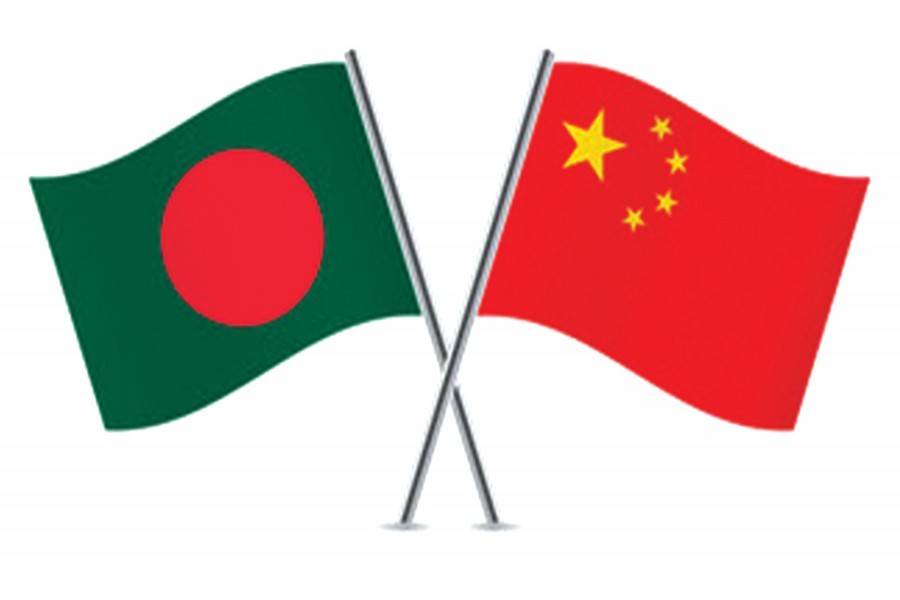Bangladesh is poised to ink a 'letter of exchange' with China to enjoy the duty-free and quota-free (DFQF) access to the latter's market for, at least, 97 per cent tariff lines, trade officials have said.
Presently, Bangladesh is enjoying the DFQF facility for some 60 per cent of the Chinese tariff lines and some major Bangladeshi export items are subjected to higher tariff.
A senior commerce ministry official told the FE that China offers DFQF facility to the least developed countries (LDCs) in accordance to World Trade Organisation (WTO) rules.
Bangladesh is likely to graduate to developing country by 2024 and it stands to lose the opportunity then.
"If the letter of exchange is signed, there is scope for Bangladesh to enjoy the benefit for six more years," he said adding the Bangladesh Tariff Commission (BTC) in its study found the DFQF offered by China is more beneficial for Bangladesh.
According to officials, China offered DFQF facility of its 60 per cent tariff lines to all the LDCs in 2010. Later, it extended the facility to 97 per cent tariff lines for the LDCs that had signed the letter of exchange with it by 2015.
The LDCs that had signed the letter of exchange after the deadline were granted DFQF facility for 95 per cent tariff lines. As Bangladesh and Mauritania did not sign such a document, the two countries are entitled to DFQF facility for 60 per cent tariff lines.
A senior trade official at the ministry of commerce (MoC) told the FE that Bangladesh did not sign the letter of exchange since China tagged the condition that Dhaka will have to drop the benefits it enjoys under Asia-Pacific Trade Agreement (APTA) if it wanted to enjoy the DFQF facility in China.
Bangladesh, has long been arguing that APTA is a different regional forum while the WTO is a multilateral forum. China cannot tag one facility with another 'and that is in one sense a violation of WTO rules'.
According to the sources, at one stage , Bangladesh sought DFQF facility for 17 more products which included polymers of ethylene, gloves, chemical fibres, silk or silk waste, synthetic fibres, menswear, wiping cloths, dishcloths, short boots, leather or leather outer soles of footwear, uppers and parts thereof, lead acid batteries for starting piston engines, and other lead acid batteries.
Bangladesh considered that inclusion of these products in DFQF list could serve its purpose and most of its major export items can enjoy the benefit. However, China did not entertain Bangladesh's request rather pushed for signing the letter of exchange to enjoy the facility.
Meanwhile, the MoC asked the BTC to study the comparative benefits of DFQF and APTA which latter found DFQF treatment is a better option for Bangladesh.
The BTC observed that Bangladesh is likely to be recommended by the United Nations committee for coming out of the LDC block in 2024 if it can meet conditions. "So, Bangladesh has opportunity for next six years to enjoy DFQF facility in Chinese market if a letter of exchange is signed.
Now MoC officials said after enjoying the DFQF facility as a LDC in Chinese market next six years, Bangladesh will again seek benefit in China under APTA. So, in consultation with stakeholders Bangladesh will soon sign letter of exchange to avail DFQF facility for 97 per cent tariff lines in the Chinese market.
Bilateral trade between Bangladesh and China has reached nearly US$11 billion. Bangladesh's import from China stood at $10.19 billion in fiscal year 2016-17 while export to the world's second largest economy stood at $949.41 million during that year.
syful-islam@outlook.com


